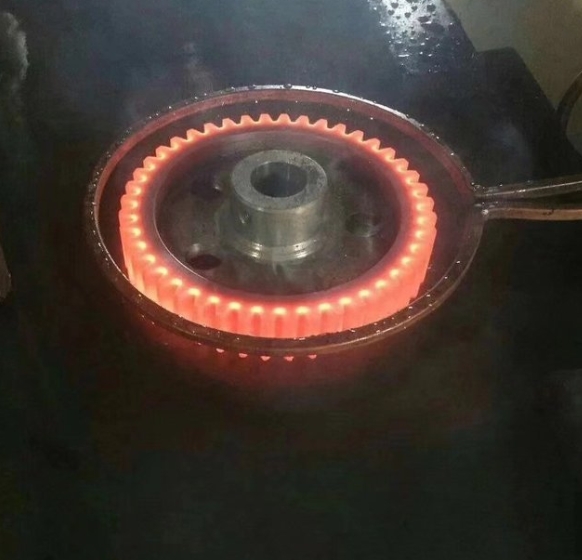- 23
- May
What are the special requirements of induction hardening for steel?
There are generally the following requirements for steel for تصلب التعريفي.
(1) The carbon content of steel is determined by the working conditions of the parts, which can range from 0.15% to 1.2%. This is the most basic requirement and the process requirements can be met by induction heating.
(2) The steel should have a tendency that the austenite grains are not easy to grow. Generally, the induction heating time is relatively short, and the grains are not easy to grow, but the heating temperature is relatively high.
(3) The steel should have a fine and uniform original structure as much as possible. The steel can obtain fine austenite grains and a higher allowable heating temperature when heating, which is especially important when induction heating, because induction heating is more difficult to control the temperature specification correctly than furnace heating, and the heated temperature is higher. high.
(4) For general induction hardening steel, it is better to control the grain size at grade 5 to 8.
(5) Selected carbon content. For some important parts such as crankshafts, camshafts, etc., when selecting steel grades, additional requirements for selected carbon content are often put forward. Steel 0.42% ~ 0.50%) is reduced to 0.05% range (such as 0.42% ~ 0.47%), which can reduce the impact of changes in carbon content on cracks or changes in hardened layer depth.
- Depth requirements of decarburization layer of cold drawn steel. When cold-drawn steel is used for induction hardening, there are requirements for the depth of the total decarburization layer on the surface. Generally, the total decarburization layer depth on each side is less than 1% of the bar diameter or the thickness of the steel plate. The hardness of the carbon-depleted layer after quenching is very low, so the cold-drawn steel must be ground off the carbon-depleted layer before testing the quenching hardness.

